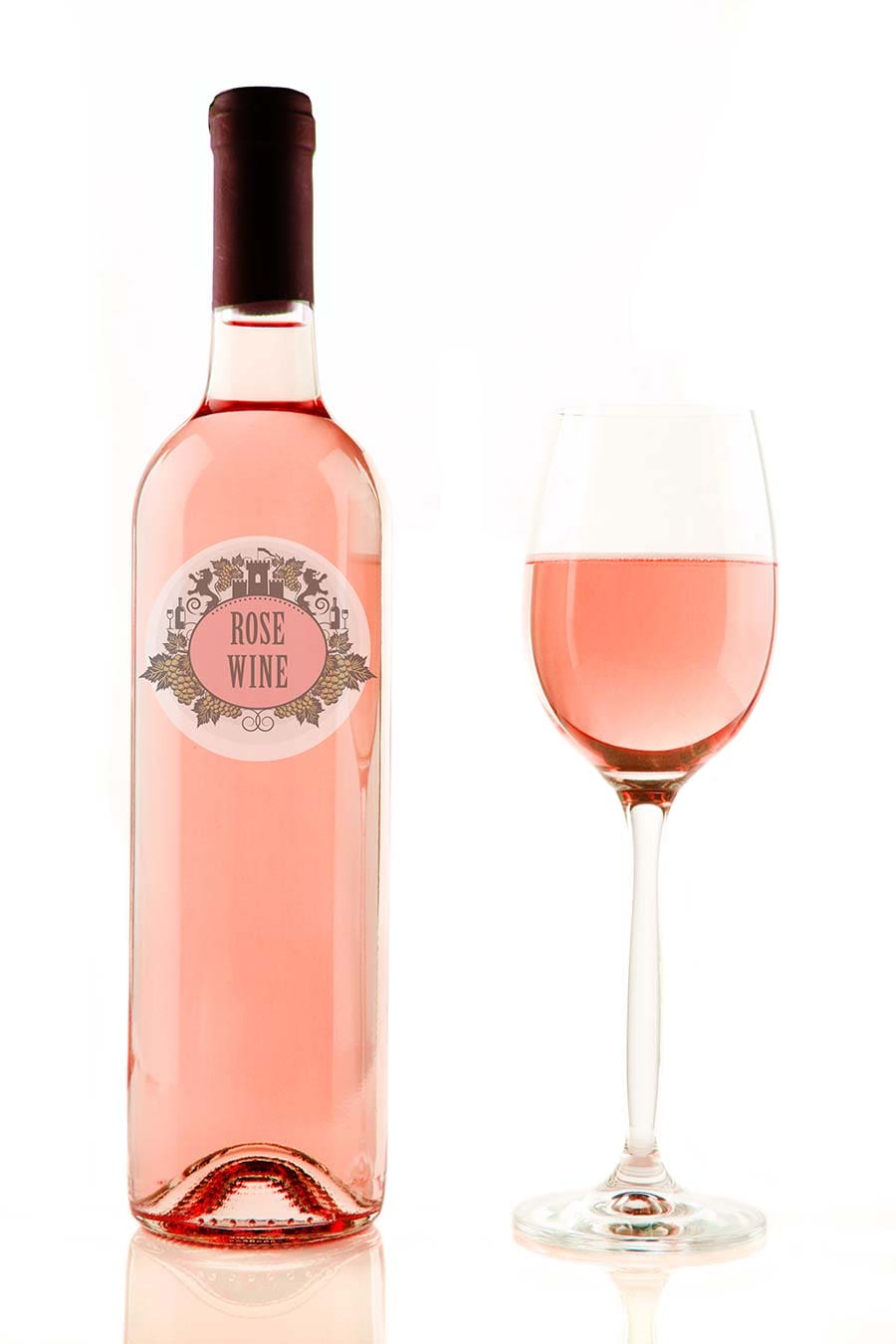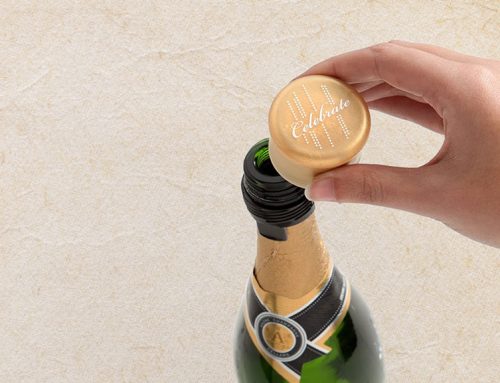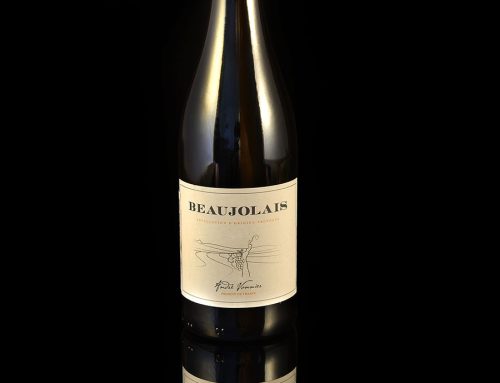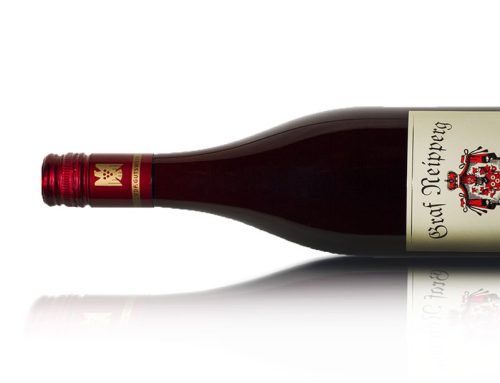
By Mary Ann DeSantis
The romance of rosé


Summer is just a few weeks away and it’s a wonderful time to stock up on rosé wines. The refreshing wines are food-friendly and low in alcohol content. And, we should mention, they can be quite romantic for summertime picnics.
Story: Mary Ann Desantis, WSET
Few places inspire passion in wine lovers like Provence, France. Sitting in sun-drenched cafes, eating aromatic Provençal cuisine, and sipping the drink of royalty—rosé wine—is a romantic vision of the good life.
For many years, the quest for a delicious rosé stayed pretty much in France. As recently as 1999, a book about French wines suggested that to enjoy the “full potential” of rosés, you had to drink them in the region where they were made. Today, however, delicious French rosés are being exported in record numbers as well as being produced in many other countries, including the United States.
Keep in mind, though, the French rosés are the pinnacle when it comes to experiencing how a true rosé should taste. A fun wine to try is Miraval Provence, produced by Jolie-Pitt and Perrin. While that particular brand doesn’t conjure up romance since the “Brangelina” owners (Brad Pitt and Angelina Jolie) split, this pale, dry rosé made from Grenache grapes is highly rated. The wine has nice acidity and berry flavors, and pairs well with light appetizers.
One of my favorite rosés, however, is not from Provence but rather Bordeaux, a region more known for its hearty reds. Chateau Pey La Tour Bordeaux Rosé is made from the traditional Bordeaux blend of Cabernet Sauvignon, Cabernet Franc, and Merlot. The wine is zesty and can stand up to grilled meats.
The most ruby-colored rosé I’ve ever had was the Chateau de Segris Tavel Rosé made from a blend of Grenache, Syrah, Mourvèdre, and Carignan grapes. Tavel is the only appellation in the Rhone Valley dedicated to rosés. Noted wine critic Robert Parker describes this 2015 Tavel as “rich, supple, and downright sexy.” The wine is more intense with tannins than most other rosés, but it is still well balanced. The spiciness and minerality make it a great match for poultry dishes.
A foodie’s wine
The popularity of rosé comes, in part, because the wine is extremely food-friendly. It is the perfect complement to many of Florida’s lighter summer dishes, especially seafood. Chill it and pair with a soft brie cheese for a match made in wine heaven.
The color of rosé looks as if it is made from white grapes, but the juice is actually drawn from black grapes. The color, which varies from pale pink to almost hot pink, is the result of how long the juice stays in contact with the dark skins of the grapes.
When shopping for rosé, it can be difficult to tell whether the wine will be dry or sweet, but knowing the region where it was produced helps. Also, check the label for the types of grapes that were used. For example, Provençal rosés made with Grenache grapes are dry, and the color is almost a salmon pink. Rosés made from Syrah or Pinot Noir grapes tend to be light-to-medium in color and can also be very dry, especially the ones from Oregon.
If the label says “blush,” the wine will be sweet, and probably was made with Muscadine grapes. Blush wines or sweeter rosés are harder to pair with food, but some aficionados love putting them with blackened fish or spicy salsas.
Occasionally, the best pairing is simply a glass, a towel, and a swimsuit. Certified sommelier Tyler Worth, who writes the blog “What’s Worth Drinking,” summed it up best when he compared rosé to a lifeguard.
“There should always be one poolside,” he said. “Nothing really competes with the fresh, mineral flavors of a chilled dry rosé on a hot summer day.”
The Grapes
Rosé isn’t from a specific grape. The most common grape varieties used in dry, Old-World style rosés include Grenache, Sangiovese, Syrah, Mourvèdre, Carignan, Cinsault, and Pinot Noir.
Pairing Suggestion
Rosés are excellent with summer’s lighter menus and especially salads. One of the most unexpected pairings I’ve ever had was a rosé from France’s Languedoc region with a ruby red grapefruit and avocado salad. Yes, it worked perfectly! Full, rich rosés also match well with anything barbecue.
Vintages
The more recent the better. Look for
2015 and drink now.







